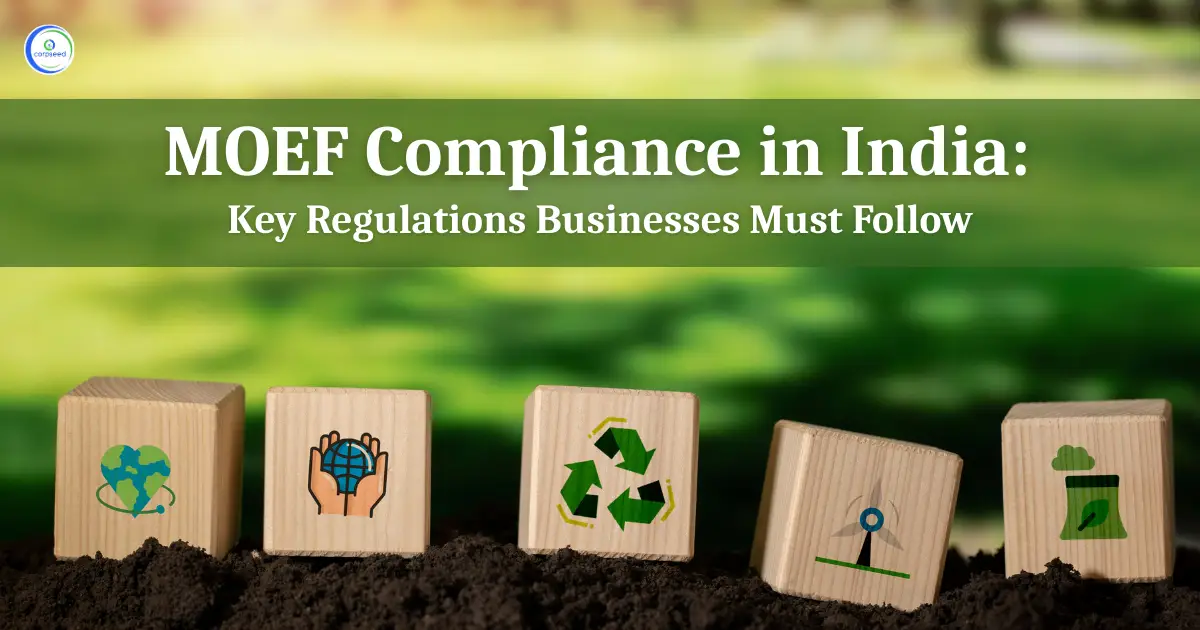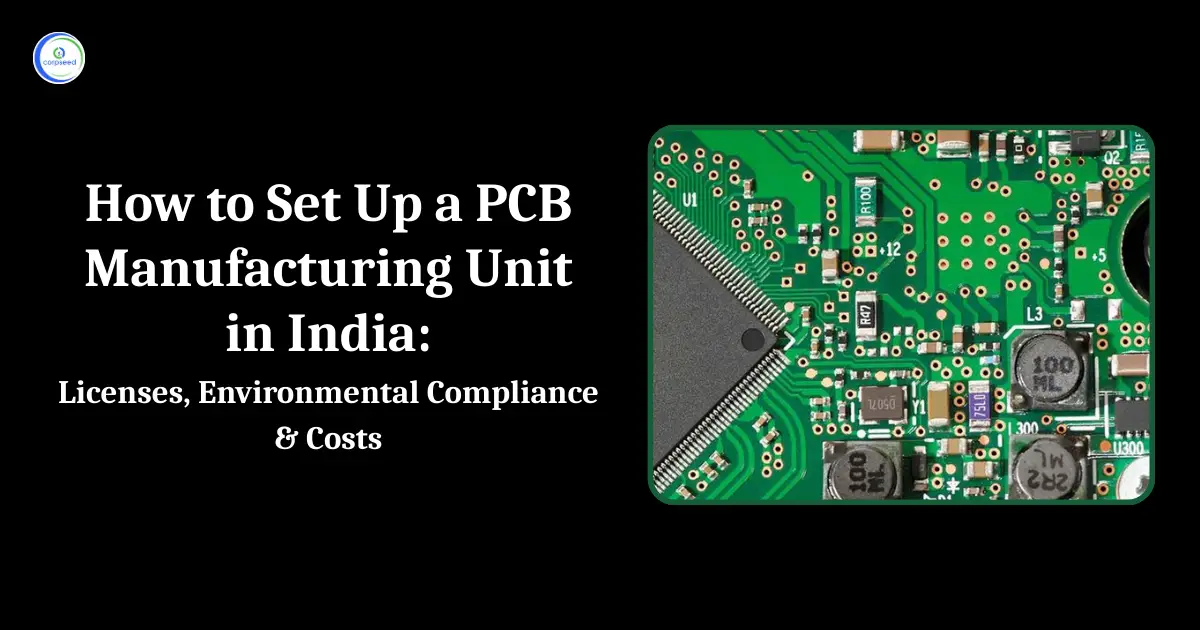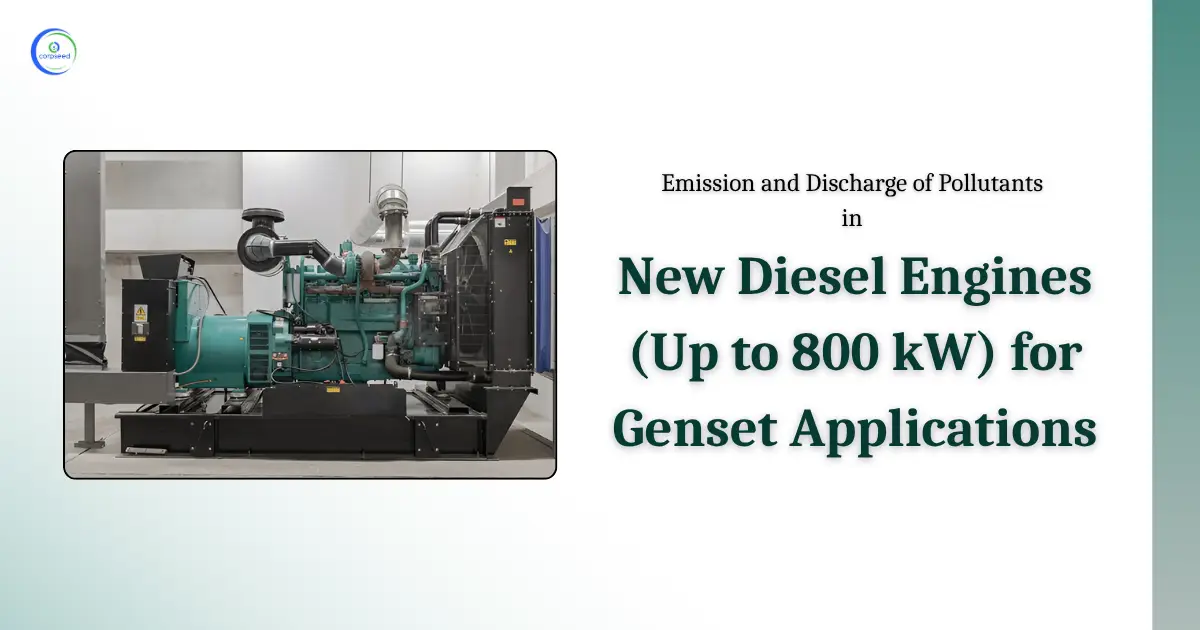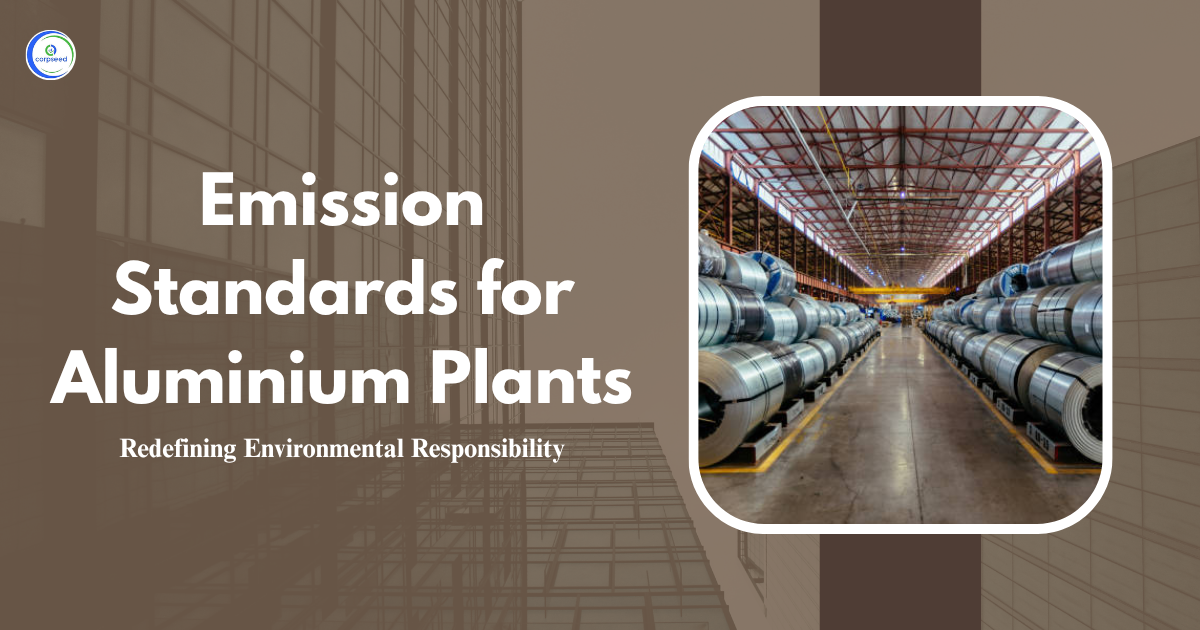The textile industry is a major contributor to India’s economy, providing employment and supporting exports. However, this industry also generates a lot of pollution, especially from processes such as dyeing, printing, bleaching, and textile manufacturing. Untreated or poorly treated effluents from textile units can damage water bodies, soils, and ecosystems, threatening human health and biodiversity. To address these challenges, the Ministry of Environment, Forest and Climate Change (MoEFCC) has established clear standards for emissions and discharges of pollutants from integrated textile units. These regulations aim to ensure sustainable industrial development while protecting the environment and public health.
Table of Contents
--------------Blog Contact Form-------------
Regulatory Framework for Emissions and Discharges
The regulatory framework for textile industry pollution control in India is governed primarily by the Environment (Protection) Act, 1986, and the Environment (Protection) Rules, 1986. The Ministry of Environment, Forest and Climate Change (MoEFCC) issued a notification on October 10, 2016, amending the discharge standards specifically for textile units involved in cotton, woollen, carpets, polyester processing, and garment manufacturing, including printing, dyeing, and bleaching operations. These standards specify the maximum permissible limits of various pollutants in the treated effluent discharged into the environment, ensuring that pollutants do not exceed safe levels. The Central Pollution Control Board (CPCB) and State Pollution Control Boards (SPCBs) monitor compliance and have the authority to impose stricter limits in sensitive or critical areas.
| S.No. | Industry | Parameters | Standard (applicable for all modes of disposal) |
| 6 | All Integrated textile units, units of Cotton / Woollen / Carpets / Polyester, Units having Printing / Dyeing / Bleaching process or manufacturing and Garment units. | TREATED EFFLUENTS | Maximum concentration values in mg/l except for pH, colour, and SAR |
| pH | 6.5 to 8.5 | ||
| Suspended Solids | 100 | ||
| Colour, P.C.U (Platinum Cobalt Units) | 150 | ||
| Bio-Chemical Oxygen Demand [3days at 27oC] (BOD3) | 30 | ||
| Oil and Grease | 10 | ||
| Chemical Oxygen Demand (COD) | 250 | ||
| Total Chromium as (Cr) | 2.0 | ||
| Sulphide (as S) Phenolic |
2.0 | ||
| Compounds (as C6H5OH) | 1.0 | ||
| Total Dissolved Solids, Inorganic (TDS) | 2100 | ||
| Sodium Absorption Ratio (SAR) | 26 | ||
| Ammonical Nitrogen (as N) | 50 |
Note: TDS and SAR standards do not apply in case of marine disposal through proper marine outfall.
Applicability of the Discharge Standards
These environmental standards apply broadly across all integrated textile units in India, including:
- Cotton, woollen, carpet, and polyester textile units.
- Units involved in printing, dyeing, bleaching, or other chemical processing.
- Garment manufacturing units attached to textile operations.
- Both standalone small, medium, and large-scale enterprises (MSMEs and large units).
- Units discharging treated effluents directly into rivers, lakes, or through common effluent treatment plants (CETPs).
Special provisions apply to units located in environmentally sensitive or critical areas, where authorities may impose stricter norms or mandate Zero Liquid Discharge (ZLD) to minimize pollution.
Key Provisions in the Standards for Emission or Discharge
The standards set by the Ministry of Environment, Forest and Climate Change for integrated textile units include several important provisions to ensure effective pollution control. These provisions are designed to balance environmental protection with the operational needs of textile units. The key points are:
- Pollutant Limits: Effluent from textile units must meet limits for pH, suspended solids, BOD, COD, oil and grease, chromium, sulphides, phenolic compounds, total dissolved solids (TDS), sodium absorption ratio (SAR), and ammonical nitrogen. These standards ensure safe wastewater discharge.
- Stricter Rules for Water Bodies: When discharging directly into rivers or lakes, CPCB or State Pollution Control Boards (SPCBs) may enforce stricter standards based on the sensitivity of the water body.
- Marine Disposal Exception: TDS and SAR limits do not apply if effluent is discharged into the sea through proper marine outfalls, recognizing marine environment differences.
- Effluent Reuse Priority: Textile units must prioritize reusing treated wastewater for industrial processes or irrigation before discharging it, conserving freshwater.
- CETP Compliance: Units connected to Common Effluent Treatment Plants (CETPs) must ensure both inlet and treated effluent meet standards, sharing responsibility for compliance.
- TDS Limits Based on Intake Water: Treated effluent TDS should not exceed 2100 mg/L. However, if intake water TDS is above 1100 mg/L, an additional 1000 mg/L is allowed, provided the total remains below 3100 mg/L.
Why These Integrated Textile Units Standards Matter?
Textile manufacturing involves various chemical processes that generate wastewater containing dyes, heavy metals, organic matter, and suspended solids. If discharged untreated, these effluents contaminate rivers, lakes, and groundwater, impacting aquatic life and human health. The prescribed discharge standards serve multiple crucial purposes:
- Protect Water Quality: By limiting pollutants like BOD, COD, and heavy metals, these standards prevent water pollution, preserving aquatic ecosystems and drinking water sources.
- Promote Sustainable Industry Practices: Encouraging treatment and reuse of wastewater reduces fresh water consumption and promotes circular economy practices in the textile sector.
- Ensure Public Health Safety: Reducing toxic discharges mitigates risks of diseases and environmental hazards associated with contaminated water.
- Compliance with Global Environmental Norms: These standards help Indian textile units meet international environmental requirements, boosting export potential and brand reputation.
- Support Ecosystem Balance: Controlled pollutant discharge safeguards biodiversity and soil health in and around industrial areas.
Environmental and Business Implications
Environmental Impact
Implementing these standards significantly reduces pollution load in water bodies, leading to cleaner rivers and healthier ecosystems. Controlling toxic effluents helps conserve aquatic life and prevents soil contamination. Encouraging water reuse also decreases the industry's freshwater demand, an important step in water-stressed regions.
Business Impact
Compliance with emission standards improves the textile units’ operational efficiency by promoting cleaner production technologies and waste minimization. It enables access to global markets where environmental compliance is a key criterion. Additionally, companies demonstrating environmental responsibility enhance their brand value and social license to operate.
Conversely, failure to comply can lead to regulatory fines, operational shutdowns, and damage to reputation. Investing in modern effluent treatment facilities and monitoring systems becomes necessary to meet these standards sustainably.
Monitoring and Enforcement
Monitoring of pollutant discharge is crucial for enforcing these standards. Central Pollution Control Board (CPCB) and State Pollution Control Boards (SPCBs) conduct regular inspections and sampling of effluent from textile units.
- Self-Monitoring: Textile units must install online monitoring systems for key parameters and submit periodic reports to regulatory authorities.
- Joint Responsibility: Units connected to CETPs share responsibility for ensuring that combined effluent meets prescribed standards.
- Stricter Norms in Sensitive Areas: CPCB may mandate Zero Liquid Discharge (ZLD) in ecologically sensitive or water-stressed zones to prevent pollution.
- Penalties and Actions: Non-compliance may result in legal actions, closure of units, or demands for additional treatment technologies.
Conclusion
The standards for emission and discharge of pollutants from integrated textile units are a critical tool in balancing industrial growth with environmental protection. These regulations, set by the Ministry of Environment, Forest and Climate Change, ensure that treated effluents meet strict limits to prevent water pollution and safeguard public health. Their applicability to all scales of textile units, combined with provisions encouraging reuse and advanced treatment, promotes sustainable water management in the industry.
Monitoring and enforcement by pollution control boards maintain compliance and encourage adoption of cleaner technologies. Meeting these standards not only benefits the environment but also enhances the competitiveness of Indian textile units globally. Overall, adherence to these discharge standards supports the vision of sustainable industrial development and responsible environmental stewardship in India’s textile sector.
This portion of the site is for informational purposes only. The content is not legal advice. The statements and opinions are the expression of author, not corpseed, and have not been evaluated by corpseed for accuracy, completeness, or changes in the law.
BOOK A FREE CONSULTATION
Get help from an experienced legal adviser. Schedule your consultation at a time that works for you and it's absolutely FREE.







_Corpseed.webp)
.webp)
